From Black to the Twenty-first century – has it changed and how would we know? – A Study of Mortality differentials by social class over time in Northern Ireland and the impact of differing approaches to measuring and comparing these.
This is a study to be submitted in partial fulfilment of the requirements for an MSc in Health Informatics. The study looks at the various ways of measuring comparative mortality across social class and deprivation over time using Northern Ireland data. Using vital registration data for NI as a primary source it compares age std mortality rates for a range of diseases, life expectancy and potential years of life lost over time in Northern Ireland. From the NILS mortality dataset, it is intended to directly compare the 2001 census assignment of social class with that on death registration for deaths post 2001 by age group and to compare the mortality rates using the census social class with GRO’s version for the NILS population who have died in the period 2002-2006.












